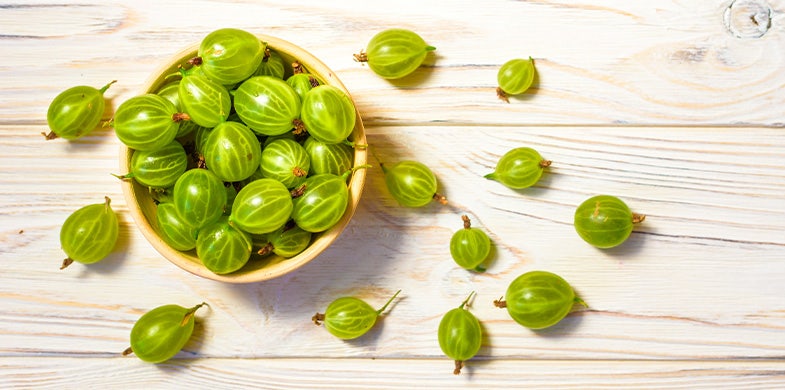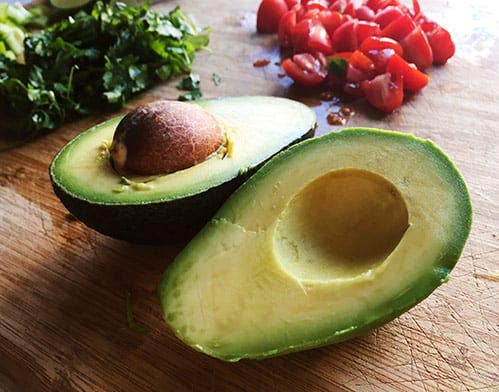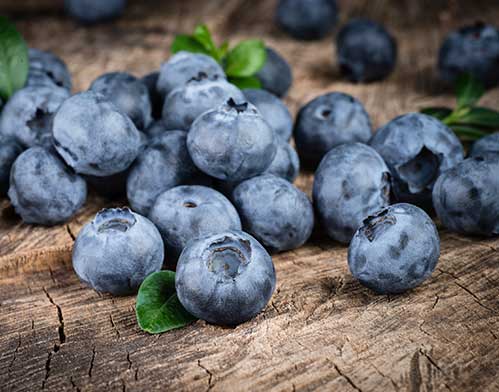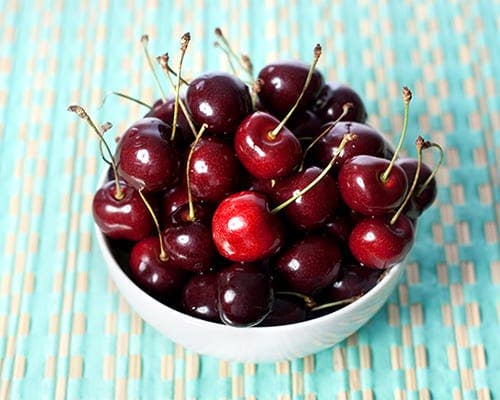Amla An Amazing Superfruit!
- 4/26/15


By Dawn Thorpe Jarvis, M.S., R.D., L.D.N. Garden of Life® Senior Director of Nutrition Science & Educational Content
Amla is a small tree native to India that is considered sacred due to its health benefits. Amla trees produce plum-sized yellow fruit commonly known as Indian gooseberry whose health benefits are attributed to its high vitamin C content. In fact, 100 grams of fresh amla berries provide 10 to 30 times the vitamin C content of an orange!
Used for thousands of years, amla (Emblica officinalis) is one of the oldest, most-revered and widely used plants in the Indian traditional system of Ayurvedic medicine. In Sanskrit, amla is called amalaki and is considered particularly beneficial because it has a unique balance of sour, sweet, pungent, bitter and astringent tastes, all in one fruit, and is said to balance all three of the doshas (three energies of the body)—vata, kapha and pitta.
Amla is primarily used as a rejuvenator for many of the body’s organs and functions. It boosts the immune system, reduces inflammation, acts as a body coolant, reduces fevers, supports the liver in reducing cholesterol and flushes out toxins. It nourishes and protects the skin, especially from harmful UV rays, and also protects eyesight. Amla enhances food absorption, balances stomach acid, fortifies the liver, nourishes the brain and mental functioning, supports the heart, strengthens the lungs, regulates elimination of free radicals, and is considered good for anti-aging. It promotes healthy hair, increases vitality and improves muscle tone. No wonder it’s called a superfruit![vc_column_text]But let’s look more closely at amla’s effects on oxidative damage, which can cause many serious health problems. Fortunately, antioxidants help prevent and repair oxidative damage, and vitamin C is a good antioxidant—which makes amla powerful protection against a variety of conditions, including various types of cancer. Even during sports and exercise, our bodies produce ROS (reactive oxygen species) which need to be quenched by antioxidants before they attack our cells.
Recent scientific testing has shown that amla also contains a wide spectrum of vitamins and minerals, including calcium, phosphorus, iron, carotene and vitamin B-complex combined with an extremely broad spectrum of antioxidant polyphenols including gallic acids, ellagic acid and quercetin—to name just a few. Other beneficial phytochemical components in amla include alkaloids, tannins and highly bioactive tannoids which exhibit strong oxidative free radical scavenging activity. These are believed to significantly increase the protective antioxidant actions of vitamin C.
About Dawn Thorpe Jarvis, MS, RD, LDN
Garden of Life® Senior Director of Nutrition Science & Educational Content
Dawn has been with Garden of Life since 2003. She has a BS in Clinical Dietetics from Leeds (UK) and became a Registered Dietitian in 1980. She worked as a Clinical Dietitian in several London Teaching Hospitals and then joined a specialized Clinical Nutrition company and for 8 years worked her way from sales rep, to regional sales manager to marketing manager. Dawn maintained a Private Nutrition Practice specializing in weight loss and sports nutrition.
This information is intended for educational and informational purposes only. It should not be used in place of an individual consultation or examination or replace the advice of your health care professional and should not be relied upon to determine diagnosis or course of treatment.





